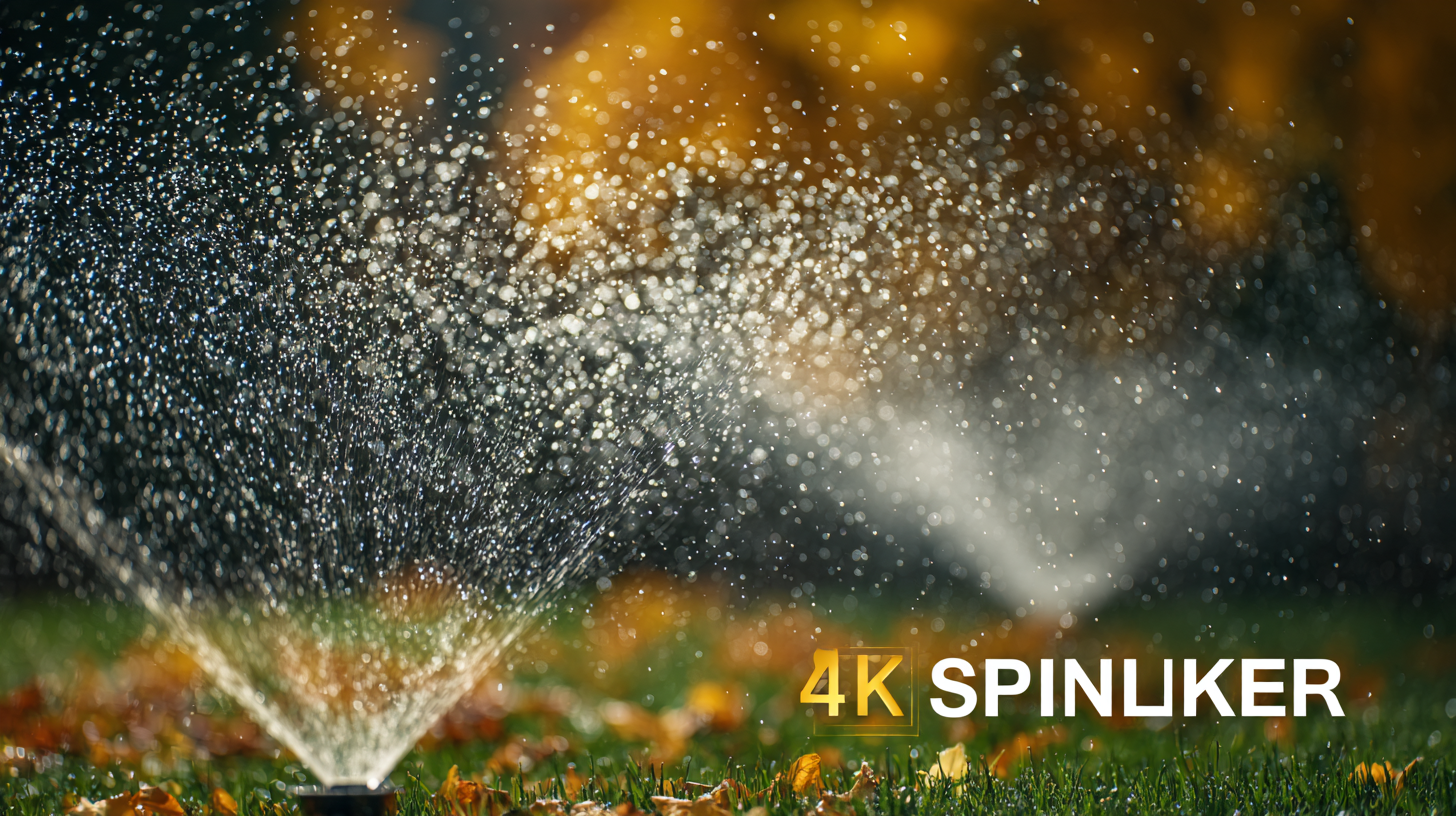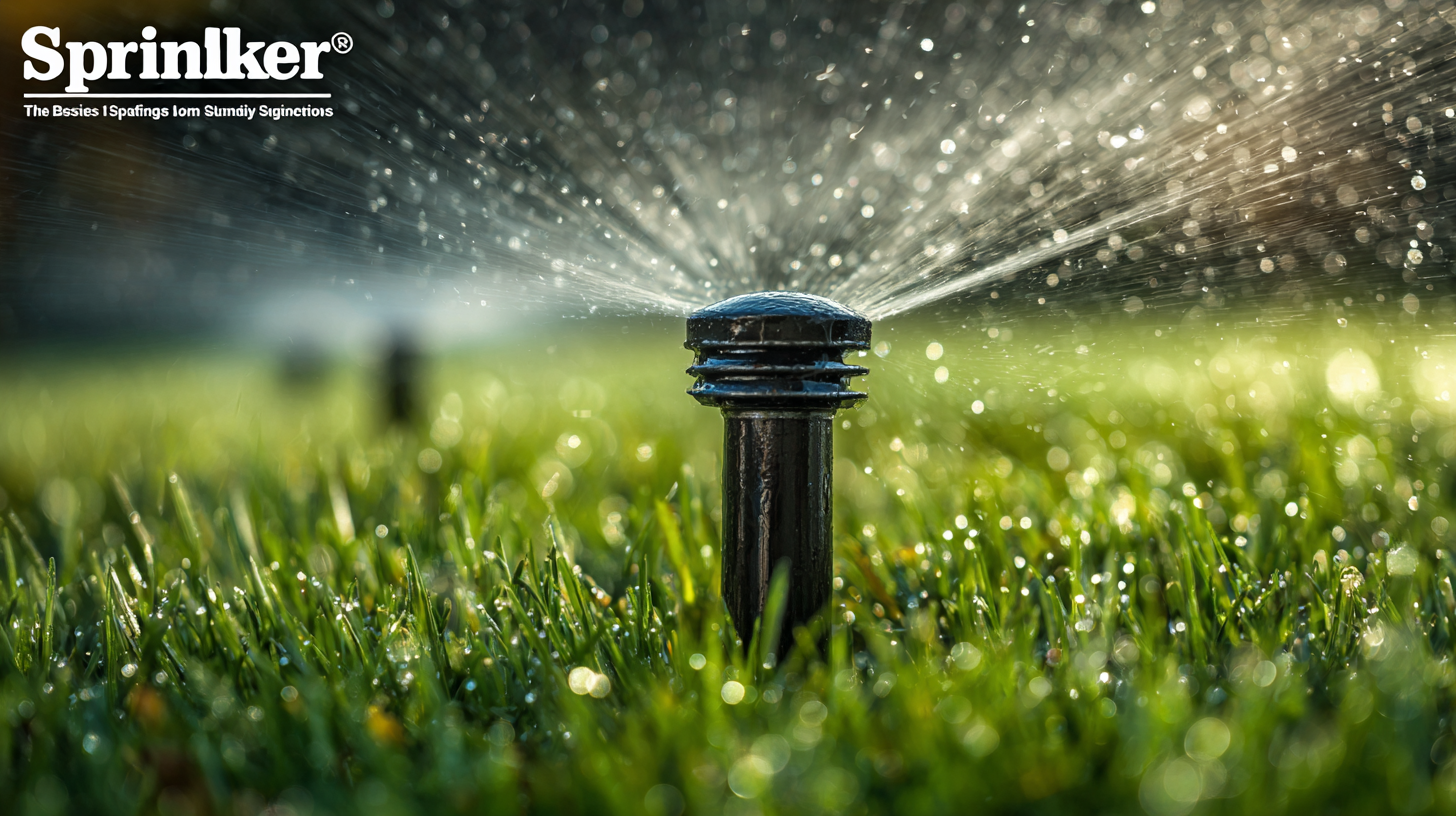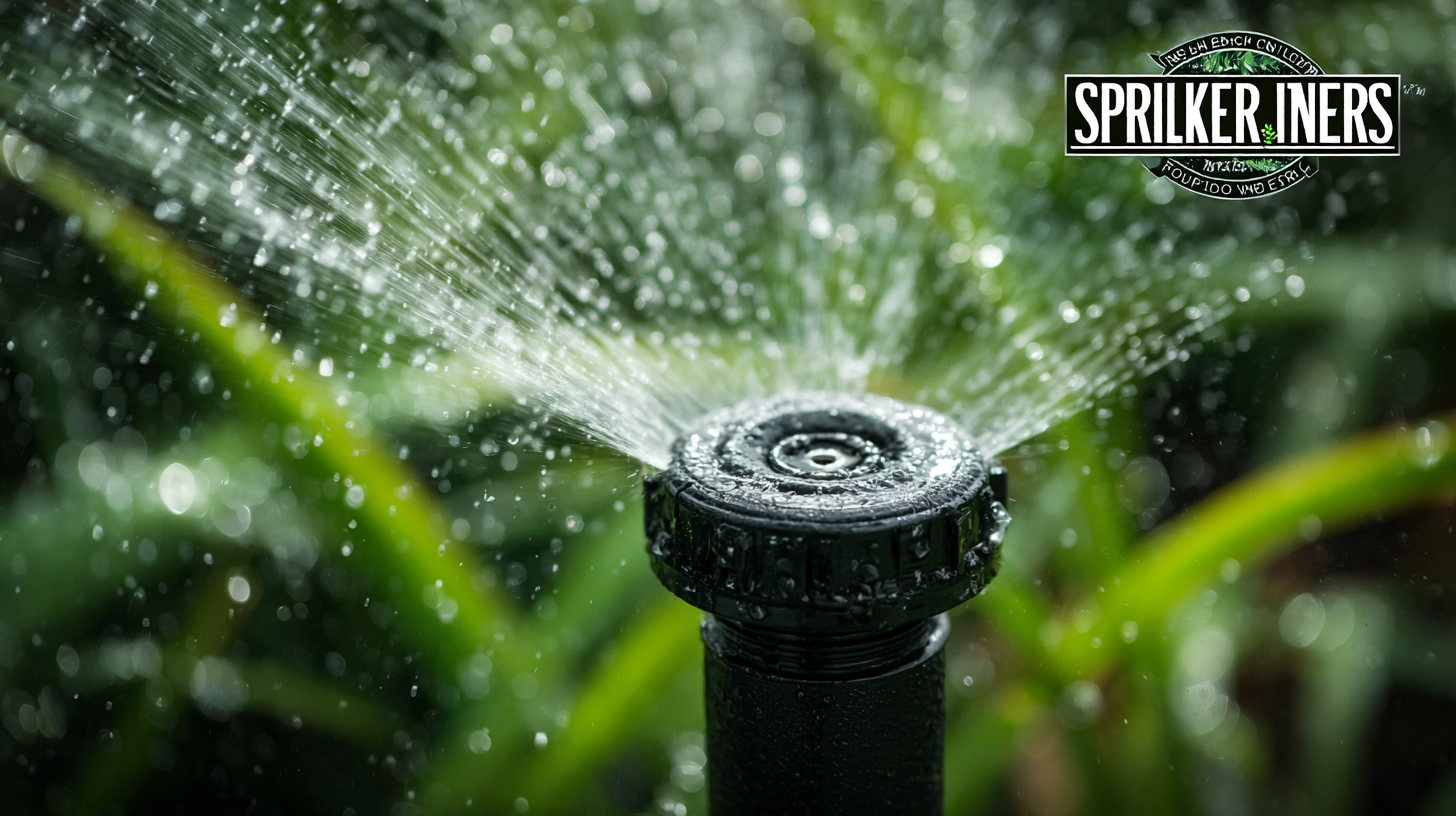Ultimate Guide to Best Sprinkler Systems Installation: 7 Key Specifications You Must Know for Optimal Efficiency
The importance of efficient irrigation cannot be overstated, especially as global water scarcity affects agricultural productivity and landscape maintenance. According to the American Society of Irrigation Consultants, improper sprinkler systems installation can waste up to 50% of the water applied, highlighting the need for optimal setup to enhance water efficiency. With climate change leading to unpredictable weather patterns, the demand for effective sprinkler systems has surged, making the installation process more critical than ever. To achieve maximum efficiency and sustainability, it is essential to understand the key specifications that govern sprinkler systems installation. In this ultimate guide, we will explore the seven pivotal factors that every homeowner and landscaper should consider for achieving optimal performance in their irrigation systems, ensuring that every drop counts while maintaining lush, healthy landscapes.

Key Factors to Consider When Selecting a Sprinkler System for Your Garden
When selecting a sprinkler system for your garden, understanding key specifications is crucial for ensuring optimal watering efficiency. A recent report from the Irrigation Association indicates that improper watering can lead to over 50% water waste, emphasizing the importance of selecting the right system tailored to your garden's specific needs. Factors such as the size of your garden, the type of plants, and local climate conditions play significant roles in determining the most suitable sprinkler setup. For instance, drip irrigation systems are often recommended for gardens with delicate plants or for those who prefer a more targeted approach, as they can reduce water usage by up to 30% compared to traditional sprinklers.
Additionally, it's vital to consider the water pressure in your area, which can affect system performance. A study by the American Society of Agricultural and Biological Engineers suggests that systems designed to operate efficiently at your local water pressure not only help in conserving water but also reduce overall energy costs. Furthermore, opting for smart irrigation controllers can enhance efficiency by adjusting watering schedules based on real-time weather data, potentially saving up to 20% on water use, according to a report by the U.S. Environmental Protection Agency. Thus, investing time in understanding these specifications can lead to a more sustainable and flourishing garden.
Sprinkler System Efficiency Comparison
This chart illustrates the water efficiency percentages of various sprinkler system types, highlighting the effectiveness of different irrigation methods for optimal garden care.
Essential Measurements for Accurate Sprinkler Placement
When considering the installation of a sprinkler system, measuring your landscape accurately is crucial for ensuring efficient water distribution. According to a report by the Irrigation Association, nearly 50% of residential water usage occurs outdoors, making proper irrigation design essential for both conserving water and promoting healthy plant growth. Accurate measurements not only help in determining the number of sprinkler heads needed but also in establishing their optimal placement to prevent overlapping coverage and dry spots.
In addition to measuring the area, homeowners should consider the flow rate of their water supply. The professionals at the American Society of Irrigation Consultants recommend calculating the gallons per minute (GPM) available for irrigation. This data will influence the type and spacing of sprinklers used, as systems designed for higher flow rates can utilize wider spacing, potentially reducing installation costs. Utilizing tools like a flow meter can provide precise measurements, ensuring that each zone of your garden receives adequate coverage and occurs in harmony with your local water restrictions.

Understanding Water Pressure and Flow Rate for Efficient Coverage
When considering the installation of a sprinkler system, understanding water pressure and flow rate is crucial for achieving efficient coverage. According to a report by the Irrigation Association, the optimal water pressure for residential sprinkler systems typically ranges between 40 to 60 PSI (pounds per square inch). If the pressure is too low, only a limited area will be covered, while excessively high pressure can lead to misting and evaporation, wasting water and reducing efficiency.
In addition to pressure, flow rate plays a pivotal role in system efficacy. The United States Environmental Protection Agency (EPA) suggests that a standard residential sprinkler head requires a flow rate of about 2.0 to 5.0 gallons per minute (GPM) for effective irrigation. This means that homeowners must ensure their water supply can meet these requirements to avoid dry patches in the lawn and maintain an optimal watering schedule.
Utilizing flow meters can aid in accurately measuring the flow rate and making adjustments that enhance the performance of your sprinkler system. Understanding these specifications not only maximizes efficiency but also promotes sustainable water use in landscaping.
Tips for Choosing the Right Sprinkler Head Type for Your Needs
When selecting the right sprinkler head type for your irrigation needs, it's crucial to consider factors such as landscape size, water pressure, and plant types. According to a report from the Irrigation Association, appropriate sprinkler selection can improve water efficiency by up to 30%. This highlights the importance of choosing the correct type of sprinkler head, whether it be stationary, oscillating, or rotating, to match the specific requirements of your garden or lawn.
For residential applications, pop-up spray heads are often the preferred choice for small to medium-sized areas, offering versatility and coverage. In contrast, for larger spaces where water distribution is critical, rotary sprinkler heads are recommended. They cover larger areas with less water usage, making them an ideal option for homeowners looking to conserve resources. Moreover, the American Society of Irrigation Consultants notes that installing a system with the right sprinkler types can lead to a significant reduction in water wastage, ultimately resulting in a more sustainable landscape management approach. By assessing your individual watering needs and understanding these head types, you can enhance both the health of your plants and the efficiency of your water usage.
Ultimate Guide to Best Sprinkler Systems Installation: 7 Key Specifications You Must Know for Optimal Efficiency
| Specification | Details |
|---|---|
| Water Source | Municipal supply, well water, or rainwater |
| Sprinkler Head Type | Fixed, adjustable, oscillating, or rotating |
| Pressure Requirement | Minimum of 30 psi for optimal performance |
| Area Coverage | Standard coverage ranges from 1,000 to 4,000 sq ft based on head type |
| Watering Schedule | Early morning or late evening for reduced evaporation |
| Irrigation Control | Manual, automatic timers, or smart controllers |
| Durability | Weather-resistant materials for longevity |
Maintenance Practices to Enhance the Lifespan of Your Sprinkler System
When it comes to maximizing the efficiency and lifespan of your sprinkler system, regular maintenance is key. Simple practices can greatly enhance the performance of your irrigation setup. One important tip is to routinely check for leaks and ensure all components are functioning properly. A quick inspection every month can help identify any issues before they escalate, saving you both water and money in the long run.
Another essential maintenance practice is to adjust the sprinklers according to the season. During hot summer months, your lawn may require more water, while during cooler months, reduce the frequency and duration of watering. This not only conserves water but also prevents overwatering, which can lead to root rot and other plant diseases. Additionally, ensure that the sprinkler heads are correctly aligned, avoiding potential overlaps that could waste water.
Finally, consider winterizing your sprinkler system if you live in a region with freezing temperatures. This involves draining the water to prevent pipes from bursting and checking the system for damage before the winter months. By following these maintenance tips, you'll ensure that your sprinkler system operates efficiently, providing a thriving environment for your plants while extending its overall lifespan.

